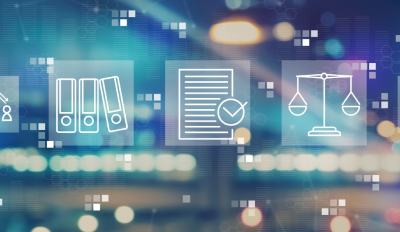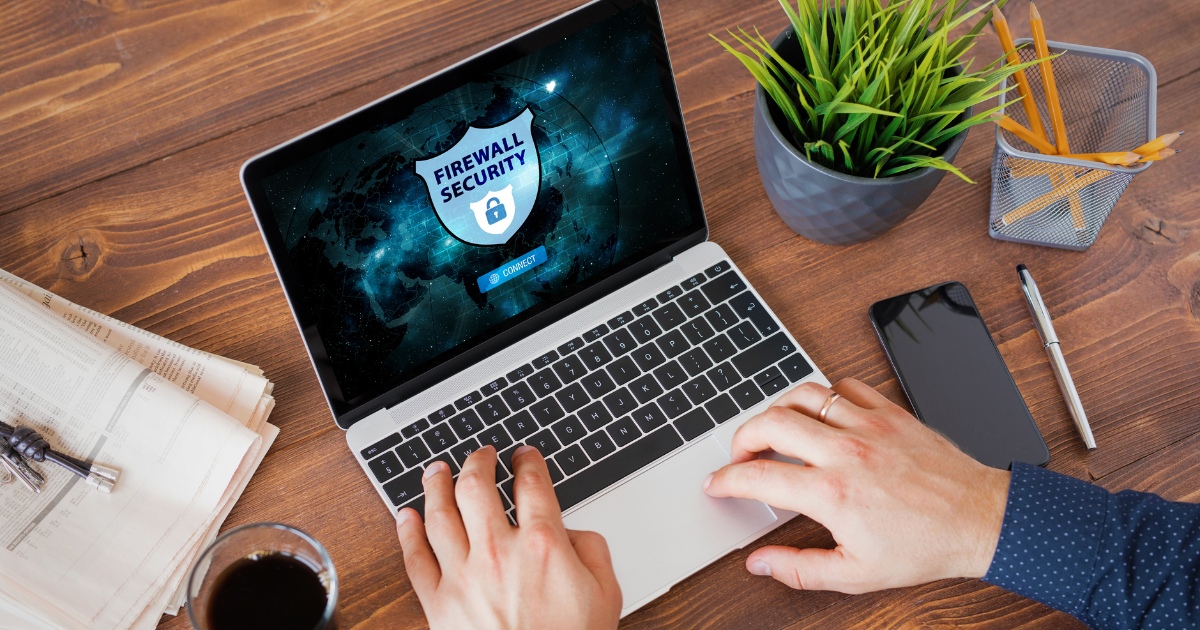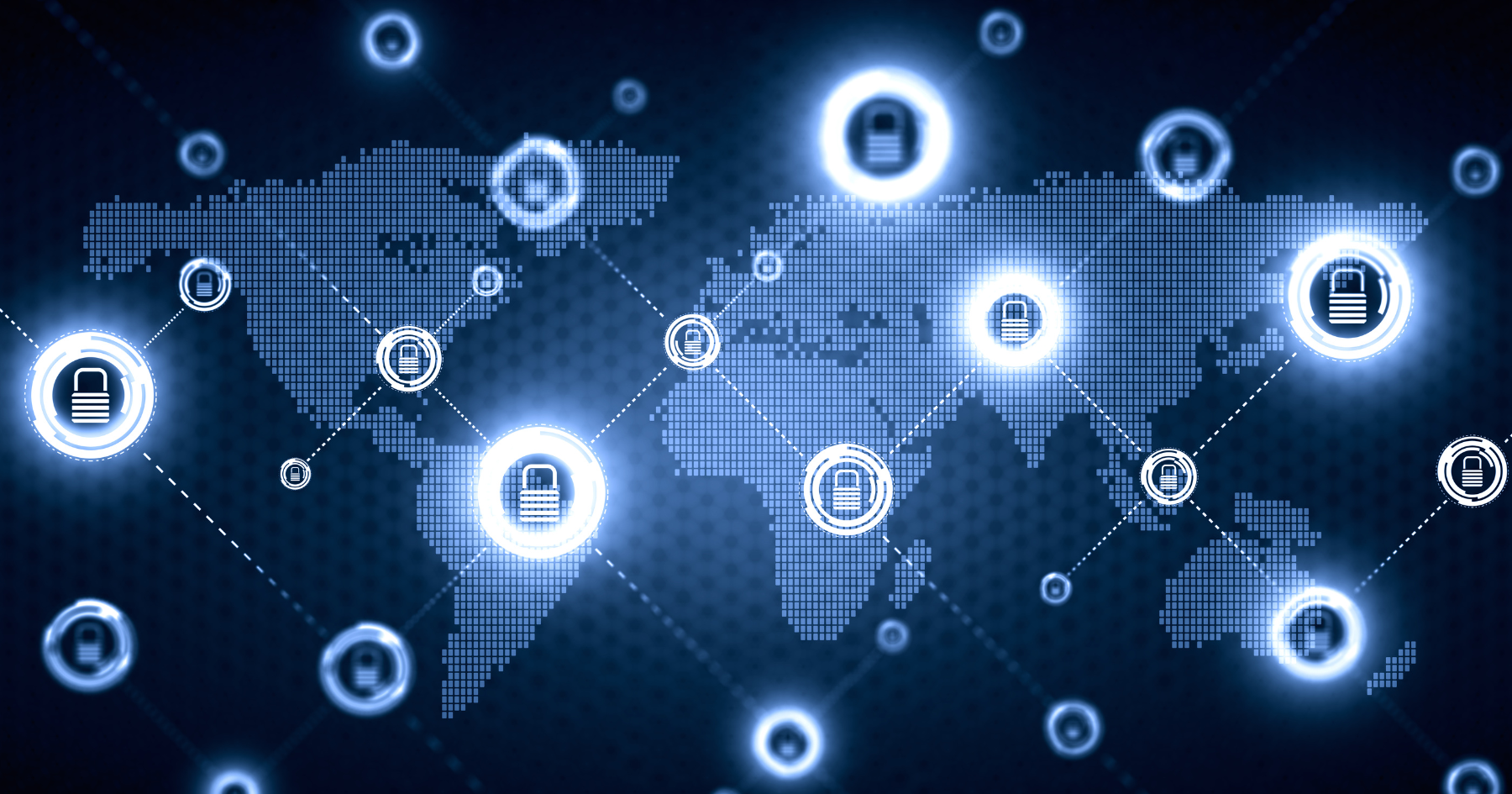Powering a connected, secure, and intelligent future
For over 27 years, CMN has helped businesses, institutions, and governments overcome complex technology challenges. Trusted by hundreds of satisfied clients in diverse industries, we go beyond procurement to deliver tailored mission critical networking, security, cloud, collaboration, and workplace technology solutions that drive real business growth.
Let’s connect

Infrastructure solutions that power your business forward
Why partner with CMN?
Drive real business outcomes with smarter, secure, scalable IT
Whether you’re modernizing infrastructure, securing digital assets, or enabling a hybrid workforce, CMN delivers full-stack IT solutions with real business impact.
Let’s talk IT strategy

We are always ready to help you!
Complete the form, and one of our experts will be in touch within one business day.
Feel free to call us direct for any business related query.
Thank you! Your submission has been received!
Oops! Something went wrong while submitting the form.
Feel free to call us direct for any business related query.

Your strategic IT partner powering a connected, secure, and intelligent future.
Stay updated with our latest news and offers! Subscribe to our newsletter today and never miss out on exclusive content.












































.png)




































